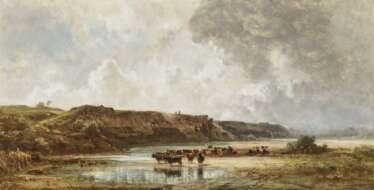
Paintings 19th - 20th century — Graphics and paintings 15th to 20th century

Karl Wilhelm Kolbe the Younger was a German painter of the first half of the 19th century. He is known as a painter-genre painter and stained glass artist, nephew of the famous painter Karl Wilhelm Kolbe.
Early in his career, Kolbe the Younger won a competition at the Berlin Academy of Fine Arts with his drawing "The Doom of Froben at the Battle of Verbellin". He favored historical subjects, inspired by the Dutch tradition. The famous painting "Albrecht Achilles seizes the banner in the battle of Nuremberg" was purchased from him by the city of Berlin as a gift for Princess Louise of Prussia. The master also created stained glass windows for the Marienburg Castle in Prussia, some of which are now in Berlin's Old National Gallery.

Robert William Buss was a Victorian artist, etcher and illustrator perhaps best known for his painting Dickens' Dream. He was the father of Frances Buss, a pioneer of girls' education.

Mathias Gabriel Lori the Younger was a Swiss landscape painter, draughtsman, watercolorist and master of etching.
He mastered the art of painting under the guidance of his father, the painter Gabriel Ludwig Lori the Elder (1763 - 1840). In collaboration with his father, Matthias created the album "A Pictorial Journey from Geneva to Milan". He also co-authored a famous book on Swiss costume with 55 fine engravings.

Johann Jakob Dorner the Younger was a Bavarian landscape painter. The son of Johann Jakob Dorner the Elder, he was born in Munich and was instructed in art by his father and by Mannlich. He travelled by himself through the picturesque regions of Bavaria, Switzerland, and France. His works are distinguished for spirited composition and taste in their execution. In 1803 he became Restorer, and in 1808 Inspector of the Royal Gallery at Munich, and was subsequently elected a member of the Academies of Hanau, Vienna, Berlin, and Munich.

Albrecht Adam was a Bavarian painter of the first half of the 19th century. He is best known for the fact that as a member of Napoleon's Grand Army he took part in the campaign against Russia in 1812 as the official artist of the headquarters of the IV (Italian) Corps. Throughout the campaign, the artist made sketches and drawings, capturing many of the important events of the campaign. Later, many of these sketches became the basis for full-fledged paintings, and to subjects from the Napoleonic wars, which he witnessed, Adam addressed until the end of his very long life.
Albrecht Adam was also the author of memoirs, in which he described in detail the Battle of Borodino and a number of other key events of the War of 1812.

Albrecht Adam was a Bavarian painter of the first half of the 19th century. He is best known for the fact that as a member of Napoleon's Grand Army he took part in the campaign against Russia in 1812 as the official artist of the headquarters of the IV (Italian) Corps. Throughout the campaign, the artist made sketches and drawings, capturing many of the important events of the campaign. Later, many of these sketches became the basis for full-fledged paintings, and to subjects from the Napoleonic wars, which he witnessed, Adam addressed until the end of his very long life.
Albrecht Adam was also the author of memoirs, in which he described in detail the Battle of Borodino and a number of other key events of the War of 1812.
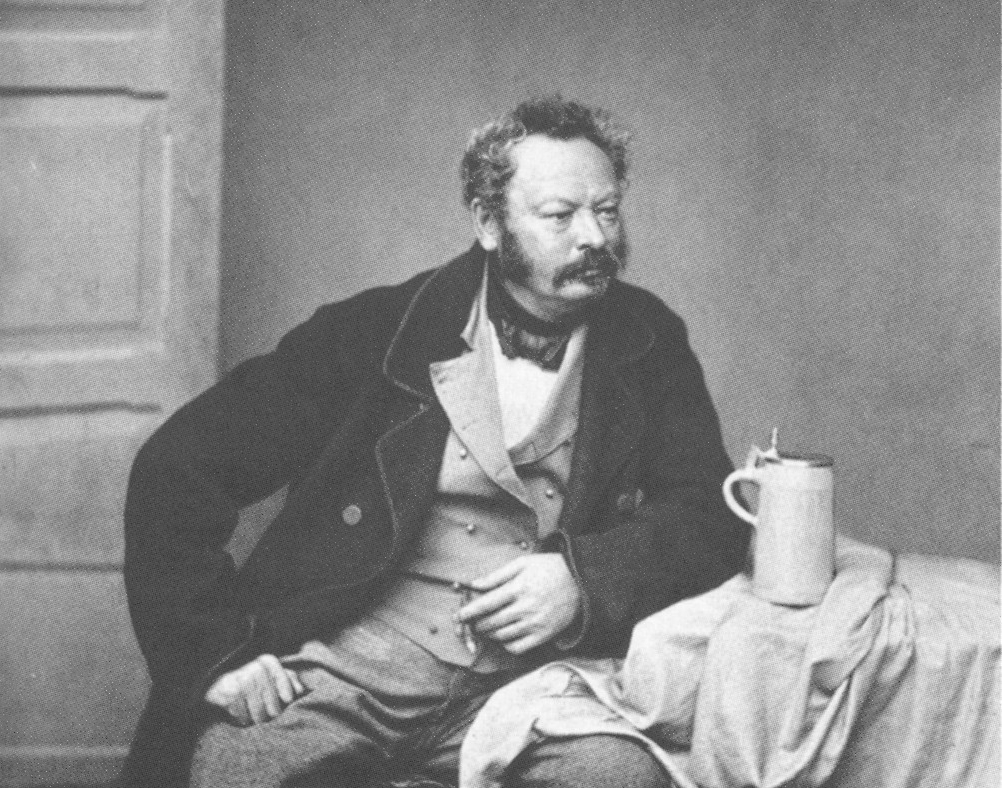
Heinrich Bürkel was a German artist of the mid-nineteenth century. He is known as a painter and graphic artist, representative of the Biedermeier style.
Heinrich Bürkel specialized in genre and landscape paintings, especially winter landscapes. He often used Staffage and depicted animals. His work showed the influence of the old Dutch and Italian masters. Bürkel enjoyed great popularity, his paintings were actively acquired for private collections, including in America. The master painted about 1000 paintings and created about 6000 drawings.

Heinrich Bürkel was a German artist of the mid-nineteenth century. He is known as a painter and graphic artist, representative of the Biedermeier style.
Heinrich Bürkel specialized in genre and landscape paintings, especially winter landscapes. He often used Staffage and depicted animals. His work showed the influence of the old Dutch and Italian masters. Bürkel enjoyed great popularity, his paintings were actively acquired for private collections, including in America. The master painted about 1000 paintings and created about 6000 drawings.

Heinrich Karl Jaeckel (Jäckel) was a German landscape painter who painted views of northern Italy and Switzerland. He exhibited regularly at the Berlin Academy, as well as in Lübeck, Dresden and Vienna.

Johann Wilhelm Schirmer was a German landscape artist.
Schirmer was started as a student of historical painting under Schadow at the academy of Düsseldorf. Later, he came under the influence of Carl Friedrich Lessing and landscape painting and began painting historical landscapes in the manner of Nicolas Poussin. He became known as one of the first of the Düsseldorf school of painting.

























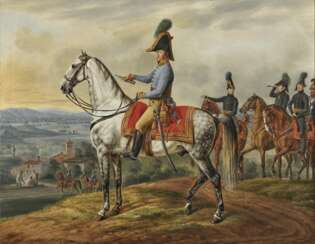












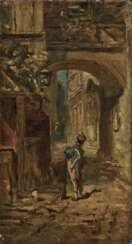





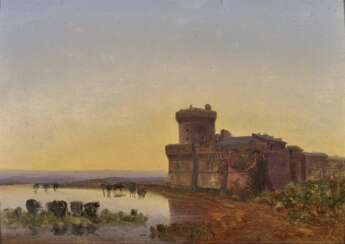











 Mecklenburg.jpg)


